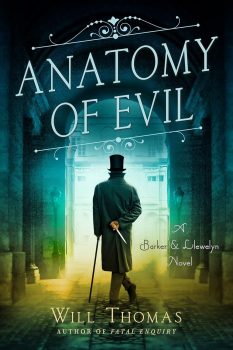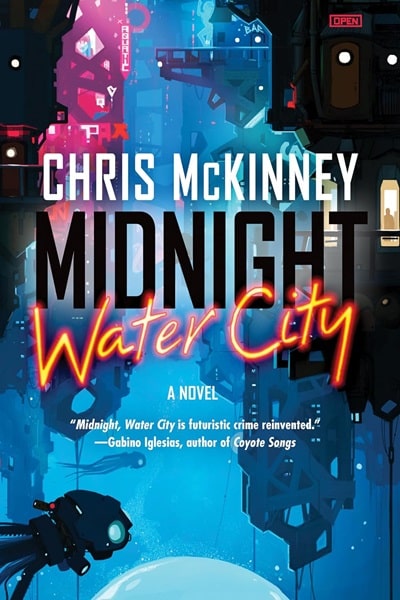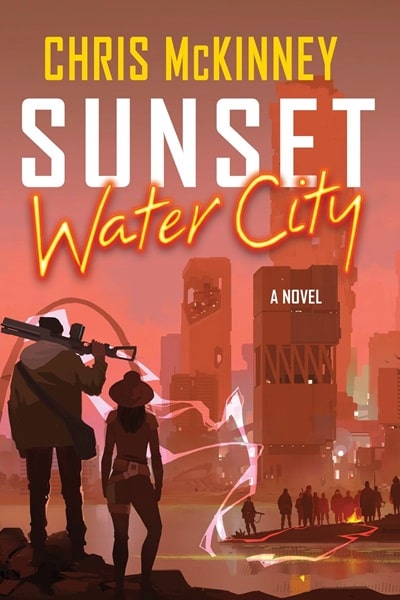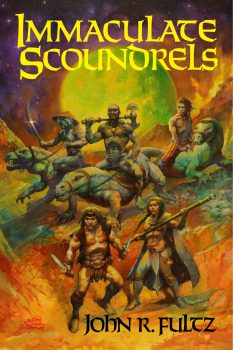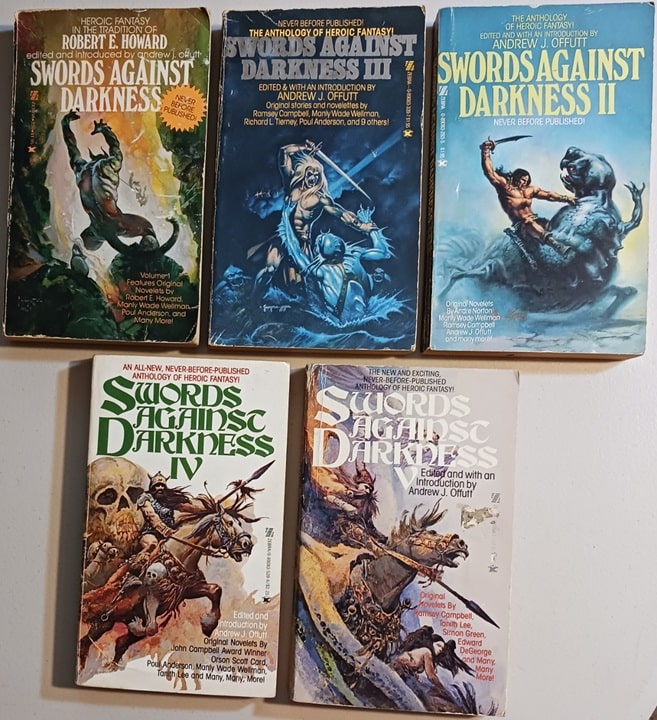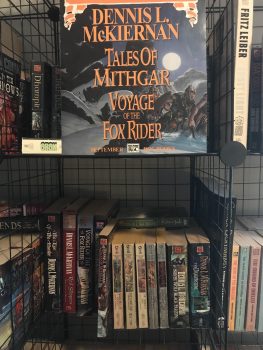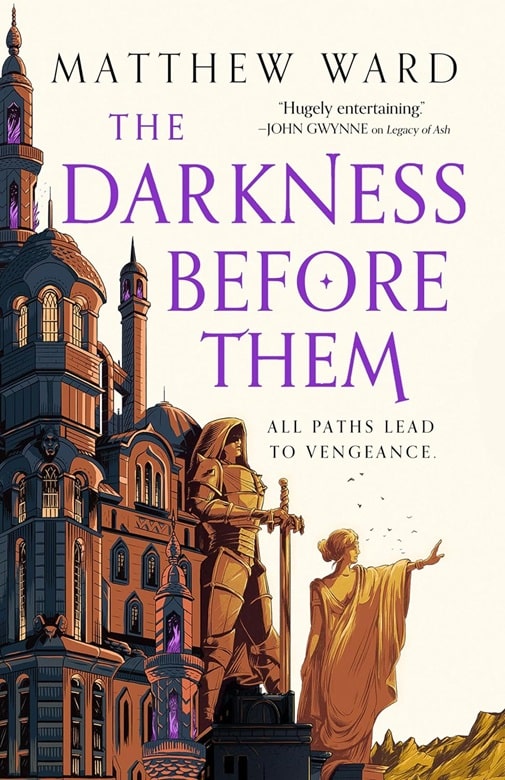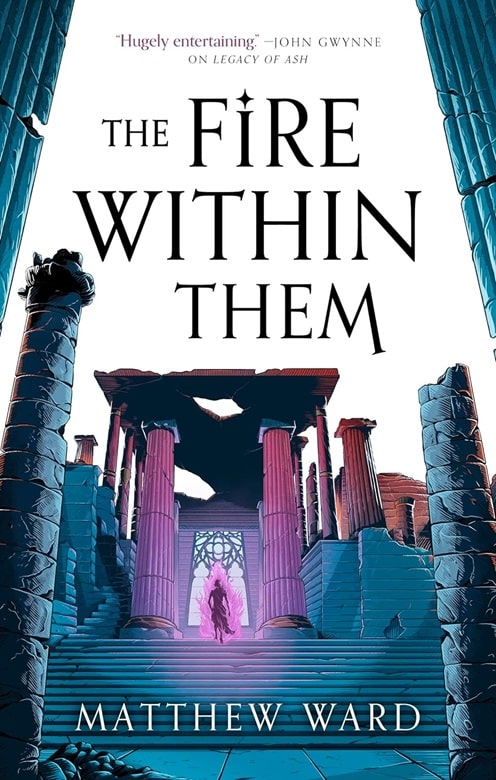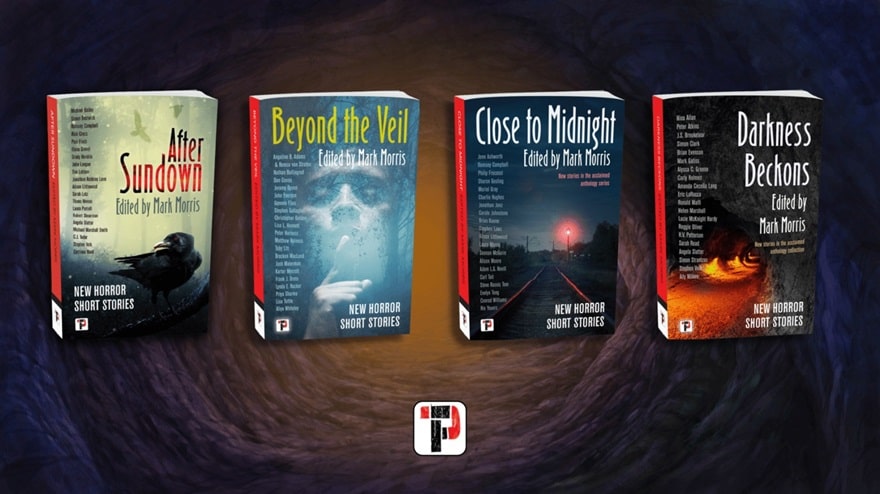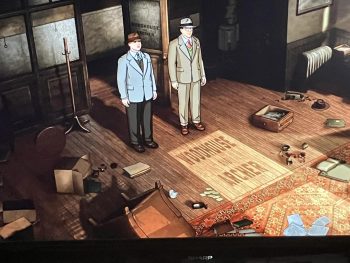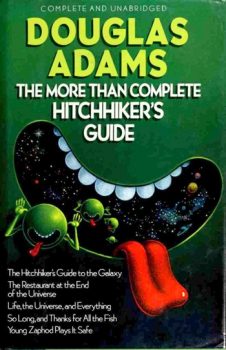What’s Coming Here on Monday Mornings…
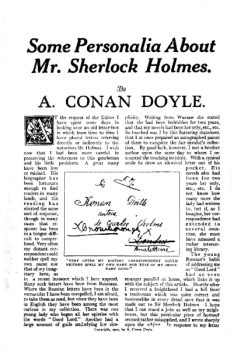 So, you’re wondering, “What’s Bob gonna write about in the coming months?”
So, you’re wondering, “What’s Bob gonna write about in the coming months?”
Actually, not one of you is wondering that, but this is my column. So… Writing about a thousand words a week often involves picking a topic on Saturday morning, and having something ready to go on Monday morning. I’ve actually been working on a few things ahead of time this year, which is kinda cool.
“Really, Bob? You mean, some stuff, you’re not just totally winging?”
Well, I wouldn’t put it so crudely, but yes. I’m trying to go a little deeper on a few things. Including number two below, which I am THRILLED with.
DOYLE ON HOLMES
For the entire month of April and into May, The Public Life of Sherlock Holmes returns to Monday mornings. Peter Haining’s The Final Adventures of Sherlock Holmes is a nifty book which had been published by Barnes and Noble. It has several items which are included in Jack Tracy’s foundational Sherlock Holmes: The Published Apocrypha.
It also has several additional items worth reading. Doyle wrote some essays regarding Sherlock Holmes, and I’m going to do a series on those. The posts will quote liberally from Doyle’s essays, with my own input. I suspect even serious Sherlockians haven’t read Doyle’s essays in some time.
And if you aren’t familiar with The Public Life of Sherlock Holmes, then you missed my first three years here at Black Gate, as that was the name of my column.
